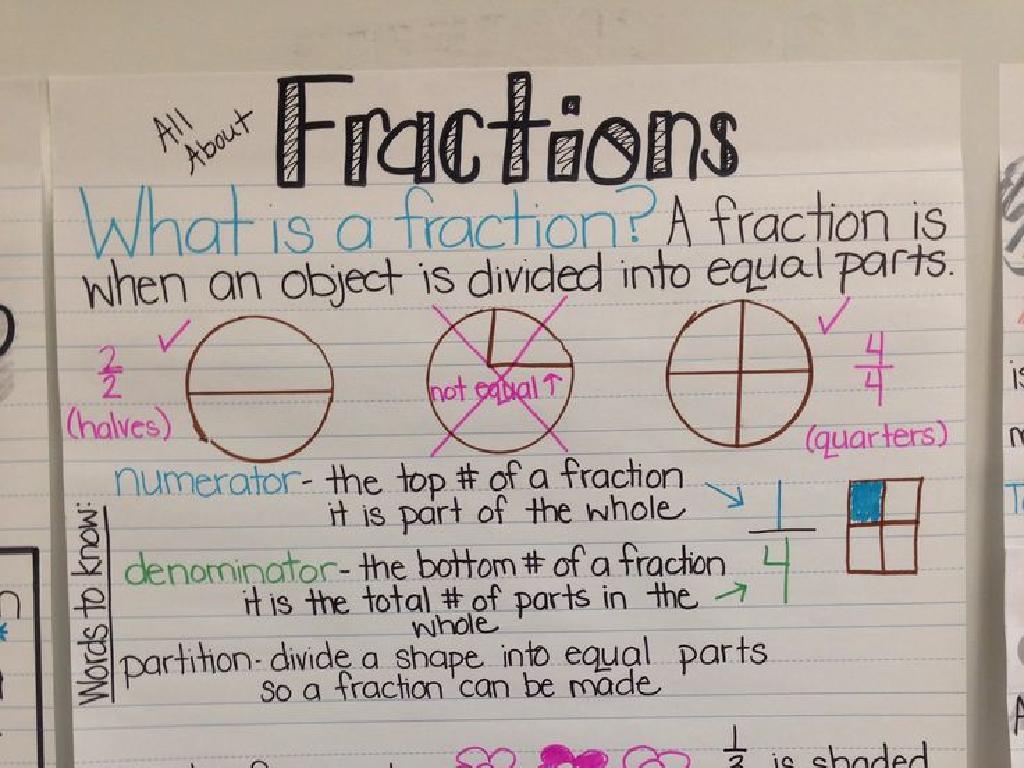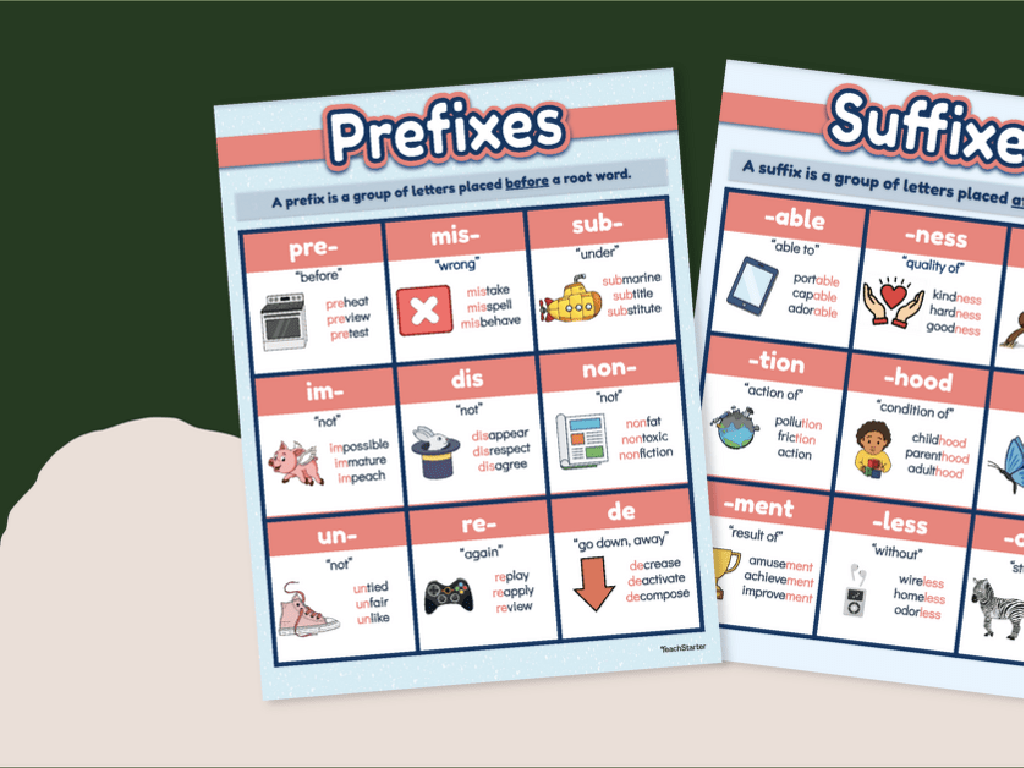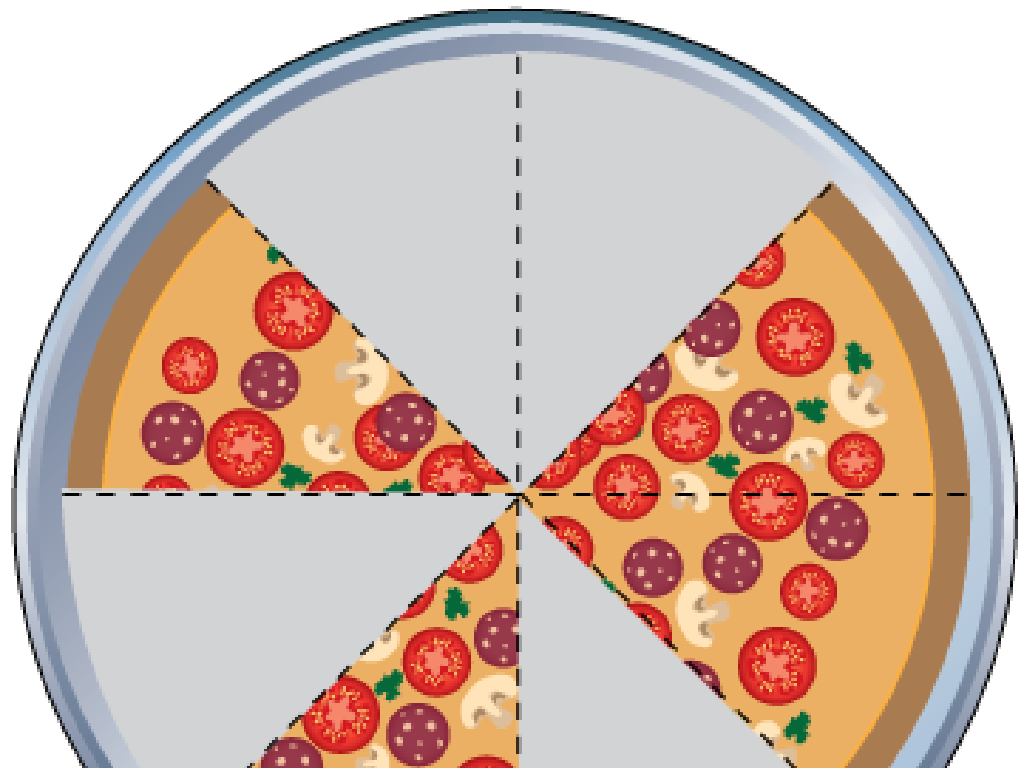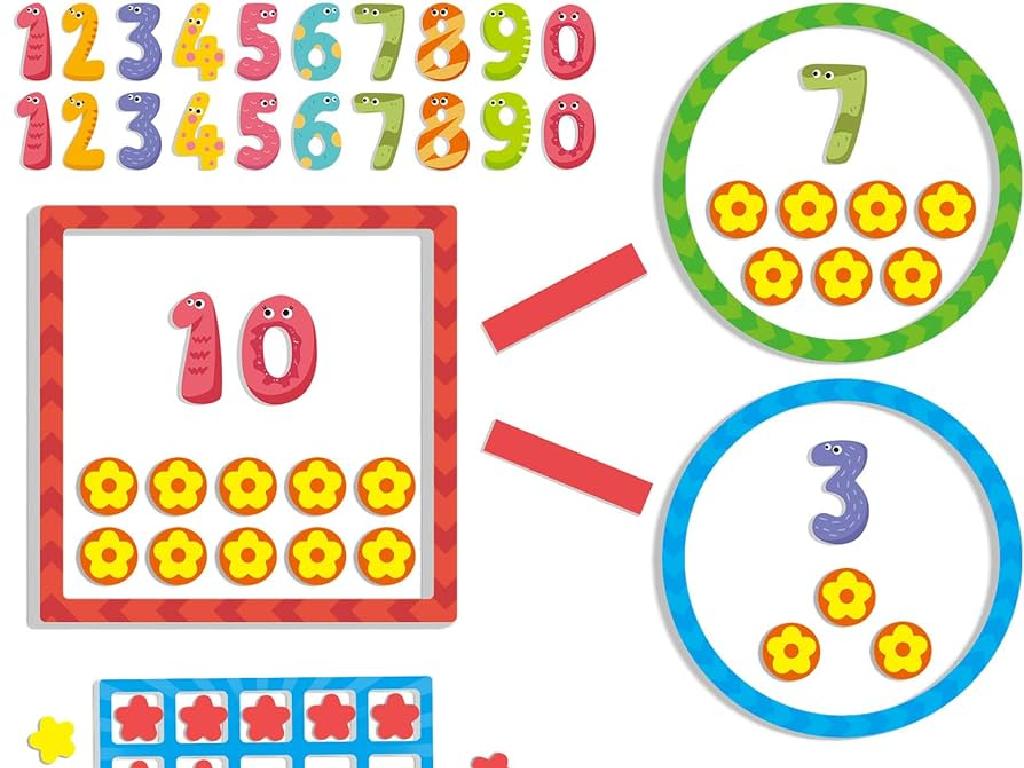The Constitution: Structure And Principles
Subject: Social studies
Grade: Eighth grade
Topic: The Constitution
Please LOG IN to download the presentation. Access is available to registered users only.
View More Content
The Constitution: Our Government’s Blueprint
– The Constitution’s framework
– Outlines the government’s structure and functions
– Separation of powers
– Divides government into three branches to prevent abuse of power
– The Bill of Rights
– First 10 amendments guaranteeing personal freedoms
– Constitution’s relevance today
– Continues to protect our rights and define governance
|
This slide introduces the Constitution as the foundational document of the United States government, outlining its structure and the principles upon which it operates. Emphasize the importance of the separation of powers, which creates a system of checks and balances between the legislative, executive, and judicial branches. Discuss the Bill of Rights as a crucial element that protects individual liberties. Highlight the enduring significance of the Constitution in contemporary society, ensuring that students understand its role in their daily lives and the protection of their freedoms. Engage students by asking them to consider how these principles apply to current events or situations.
Understanding the U.S. Constitution
– The Constitution as a living document
– It evolves with society’s needs through amendments.
– Supreme Law of the Land
– It’s the highest form of law, overriding state laws.
– Government’s framework
– Outlines the structure & powers of government branches.
– Adaptability over time
– Has remained relevant through changes for over 200 years.
|
The Constitution is often referred to as a ‘living document’ because it can be amended to reflect the changing values and norms of society. As the Supreme Law of the United States, it takes precedence over all other laws and is the ultimate authority. It provides a framework for the federal government, detailing the powers and responsibilities of each branch. Its ability to be interpreted and amended has allowed it to remain a relevant and guiding document for American governance since its ratification in 1788. Encourage students to think about how the Constitution affects their daily lives and the importance of its principles in current events.
The Preamble: Foundation of the Constitution
– Introduction to the Constitution
– Goals outlined in the Preamble
– Establish justice, ensure peace, provide defense, promote welfare, secure liberty
– ‘We the People’: Unity’s power
– Emphasizes democracy and the importance of collective action
– Significance of the Preamble
|
The Preamble serves as an introduction to the Constitution, setting the stage for the articles and amendments that follow. It succinctly outlines the fundamental purposes and guiding principles of the document. The goals mentioned in the Preamble include establishing justice, ensuring domestic tranquility, providing for the common defense, promoting the general welfare, and securing the blessings of liberty. The phrase ‘We the People’ underscores the idea that the Constitution derives its authority from the people and emphasizes the importance of unity and collective responsibility in governance. The Preamble is crucial as it reflects the intentions of the Framers and the values of the nation. In class, discuss each goal of the Preamble and how it applies to American government and society today. Encourage students to think about how these goals affect their lives and the importance of unity in achieving them.
The Articles of the Constitution
– Article I: Legislative Branch
– Establishes Congress and its powers
– Article II: Executive Branch
– Defines the President’s role and powers
– Article III: Judicial Branch
– Creates the Supreme Court and judiciary
– Articles IV-VII: States & Governance
– Addresses state rights, amendments, and legal processes
|
This slide outlines the structure of the U.S. Constitution, focusing on the roles and powers of the three branches of government as well as the relationship between the states and the federal government. Article I establishes the bicameral legislature, defining the House of Representatives and the Senate. Article II details the powers and responsibilities of the President and the executive branch. Article III sets up the judicial branch, headed by the Supreme Court. Articles IV through VII cover the rights and responsibilities of states, the process for amending the Constitution, federal debts, the supremacy of federal law, the requirement for oaths of office, and the ratification process. Encourage students to think about how these articles work together to create a balance of power and a framework for our government.
The Bill of Rights: Safeguarding Freedom
– Overview of the first 10 Amendments
– The Bill of Rights consists of the first 10 amendments to the U.S. Constitution.
– Purpose: Protection of individual liberties
– These amendments serve to protect the rights of American citizens against government overreach.
– Examples of fundamental rights
– Rights include freedom of speech, religion, press, assembly, and petition.
– Significance in everyday life
– Understanding these rights is crucial for recognizing their impact on daily experiences and legal protections.
|
This slide introduces the Bill of Rights, which comprises the first 10 amendments to the U.S. Constitution, focusing on their role in protecting individual liberties. Emphasize the importance of these amendments in maintaining a democratic society where citizens have the freedom to express themselves, practice their religion, and engage in other fundamental rights without fear of government interference. Provide examples such as the right to free speech in public forums and the freedom to practice any religion. Discuss how these rights play out in students’ lives, such as the ability to hold a peaceful protest or write a letter to a government official. Encourage students to think of ways these rights have protected them or others in their community.
The Seven Principles of the Constitution
– Popular Sovereignty
– The power lies with the people
– Republicanism
– Citizens elect representatives to govern
– Limited Government
– Government powers are restricted by law
– Federalism
– Power is divided between national and state governments
– Separation of Powers
– Divides government into branches to prevent abuse
– Checks and Balances
– Each branch can monitor and limit the others
– Individual Rights
– Protects the liberties of each citizen
|
This slide introduces the core concepts that form the foundation of the United States Constitution. Popular Sovereignty emphasizes that the government’s power comes from the people. Republicanism allows citizens to elect representatives to serve their interests. Limited Government ensures that governmental powers are confined within the parameters of the law. Federalism distributes power between the national and state governments. Separation of Powers divides the government into branches, each with its own responsibilities. Checks and Balances is a system that allows each branch to amend or veto acts of another branch to prevent any one branch from exerting too much power. Lastly, Individual Rights guarantee personal freedoms and legal protections to all citizens. These principles work together to create a balanced and fair government. Encourage students to think of examples of these principles in action and discuss their importance in ensuring a democratic society.
Case Study: The Constitution in Daily Life
– Constitution’s role in everyday life
– Case study of a specific law
– Example: A new traffic law and its alignment with constitutional powers
– Constitutional basis of the law
– Which part of the Constitution supports this law?
– Relating law to the Seven Principles
– Discuss how this law exemplifies principles like federalism, checks and balances
|
This slide aims to demonstrate the practical application of the U.S. Constitution in our daily lives through a real-world case study. Begin by discussing how the Constitution isn’t just a historical document but a living framework that governs modern legislation and societal norms. Present a specific law, such as a traffic regulation, and dissect its constitutional underpinnings, perhaps referencing the Commerce Clause or the Tenth Amendment. Engage students in a discussion on how this law reflects the Seven Principles of the Constitution, such as federalism, by showing the division of power between state and federal governments, or checks and balances, by illustrating how different branches of government have a role in enacting and enforcing the law. This activity will help students connect abstract constitutional concepts to tangible examples.
Amending the Constitution
– Amendment process overview
– Proposal by 2/3 of Congress, ratification by 3/4 of states
– Significance of amendments
– Allows Constitution to evolve with society’s needs
– Examples of key amendments
– 1st Amendment: Speech, religion; 19th: Women’s suffrage
– Reflect on amendment impacts
|
This slide aims to explain the process of amending the U.S. Constitution, highlighting its flexibility and relevance over time. Start by outlining the two-step process required for an amendment to be made: proposal and ratification. Emphasize the importance of this ability to amend, as it allows the Constitution to adapt to changing values and norms within society. Provide examples of significant amendments, such as the 1st Amendment, which guarantees freedoms like speech and religion, and the 19th Amendment, which granted women the right to vote. Encourage students to consider how these amendments have shaped American society and the continuing impact of the ability to amend the Constitution on current events.
The Constitution in Our Lives
– Constitution’s daily impact
– It shapes laws, rights, and government structure affecting everyday activities.
– Our rights and responsibilities
– Rights like free speech; responsibilities like obeying laws and jury duty.
– Upholding constitutional principles
– By staying informed, voting, and respecting others’ rights.
|
This slide aims to connect the abstract principles of the Constitution to the students’ everyday experiences. Highlight how the Constitution influences various aspects of daily life, from the freedoms we enjoy to the legal system that maintains order. Discuss specific rights provided by the Constitution, such as freedom of speech and religion, and the corresponding responsibilities, like following laws and serving on juries. Emphasize the importance of active citizenship in upholding these principles, including staying informed about civic issues, participating in elections, and respecting the rights of others. Encourage students to think of ways they can contribute to a society that reflects the values enshrined in the Constitution.
Class Activity: Constitutional Scavenger Hunt
– Find 7 Principles in current news
– Identify Bill of Rights scenarios
– Look for scenarios that reflect rights like freedom of speech or right to privacy
– Group discussion on findings
– Share insights with the class
– Discuss how these principles apply to our daily lives and the importance of being informed citizens
|
This activity is designed to engage students with the Constitution in a practical and contemporary context. Students will search for current news articles that illustrate the Seven Principles of the Constitution (such as federalism, checks and balances, and individual rights) and identify real-life scenarios where the Bill of Rights is applicable. Afterward, they will form groups to discuss their findings and share their insights with the class, fostering a deeper understanding of how the Constitution remains relevant today. For the teacher: Prepare a list of news sources for students, guide the discussion to ensure all seven principles are covered, and have backup scenarios ready to stimulate discussion if needed. Possible activities: one group can focus on rights related to the First Amendment, another on privacy rights, etc.





